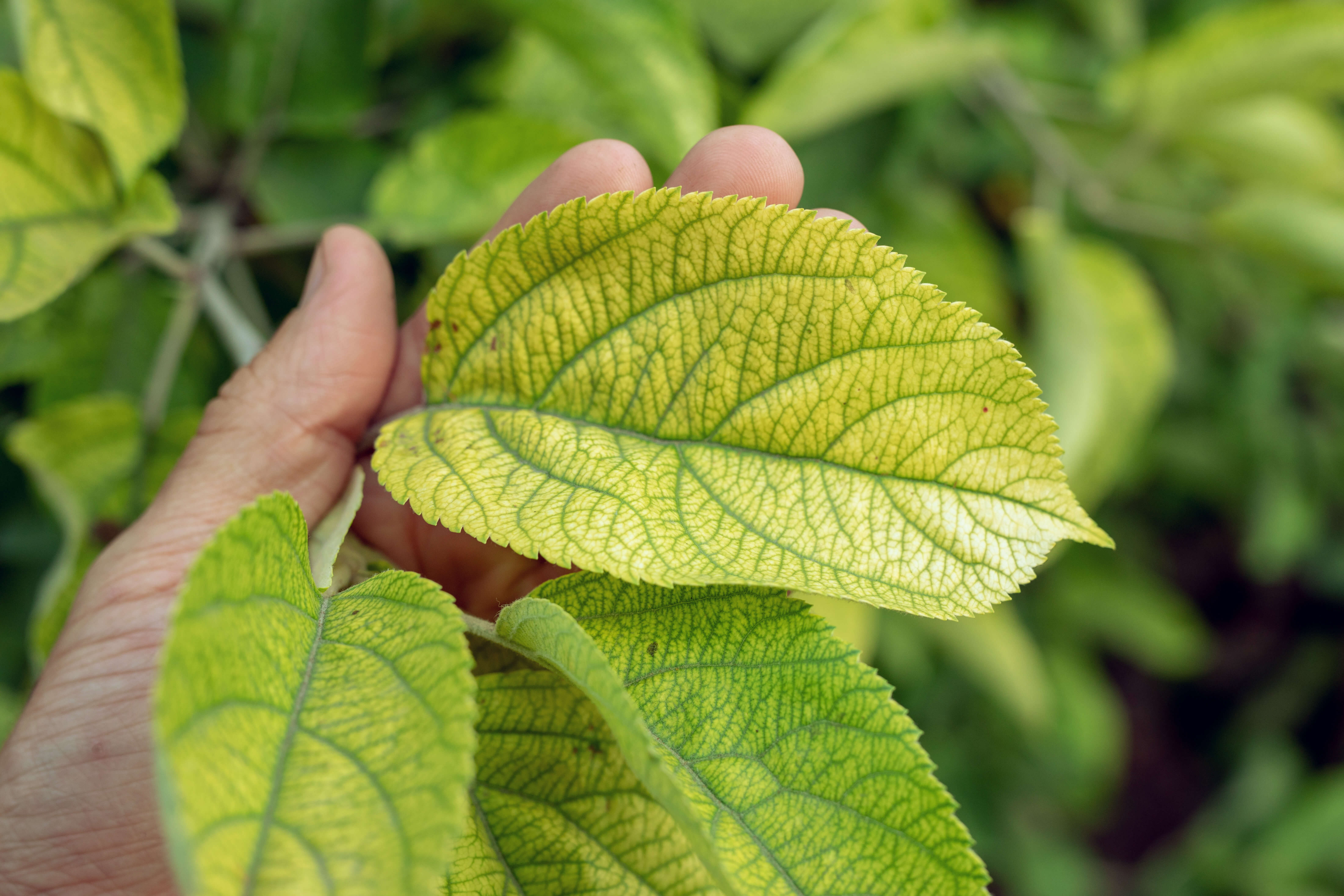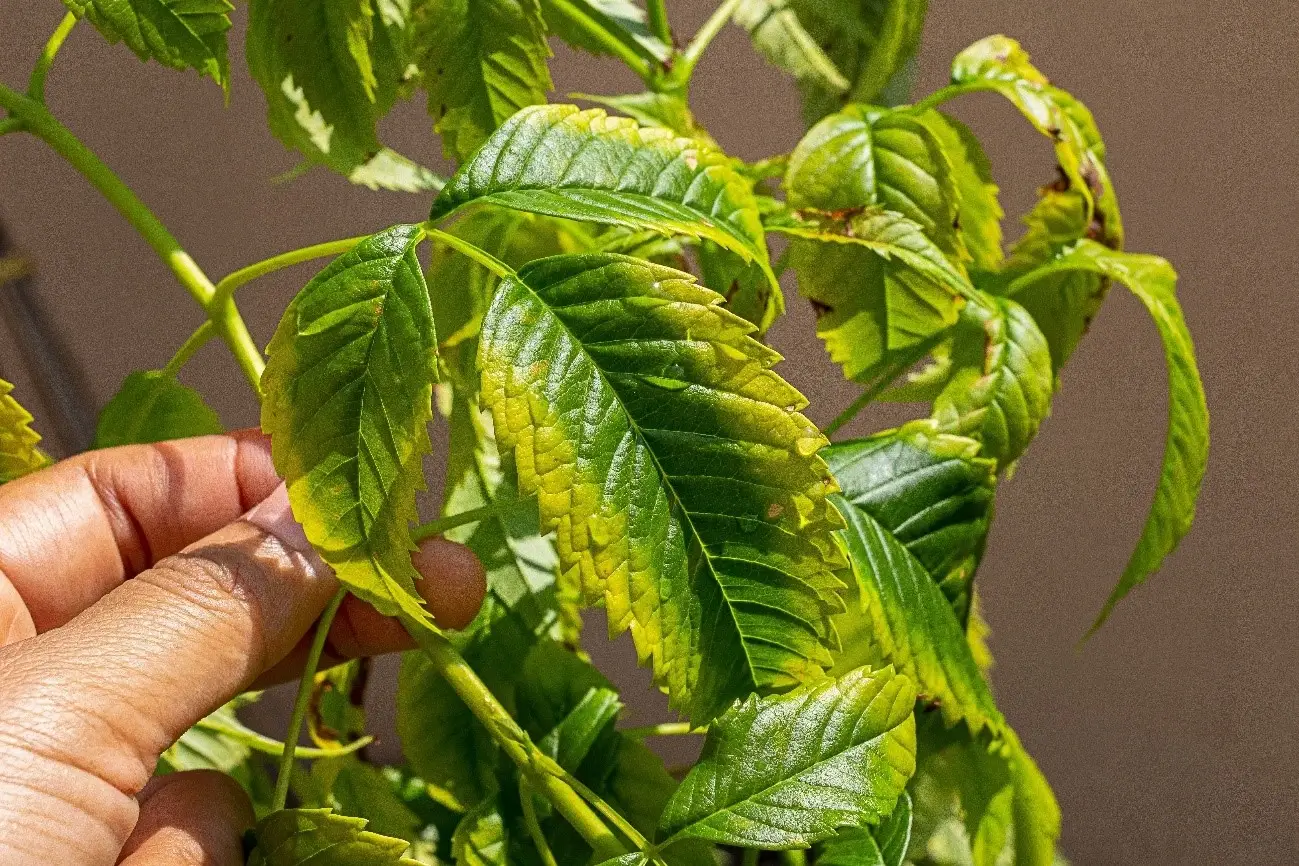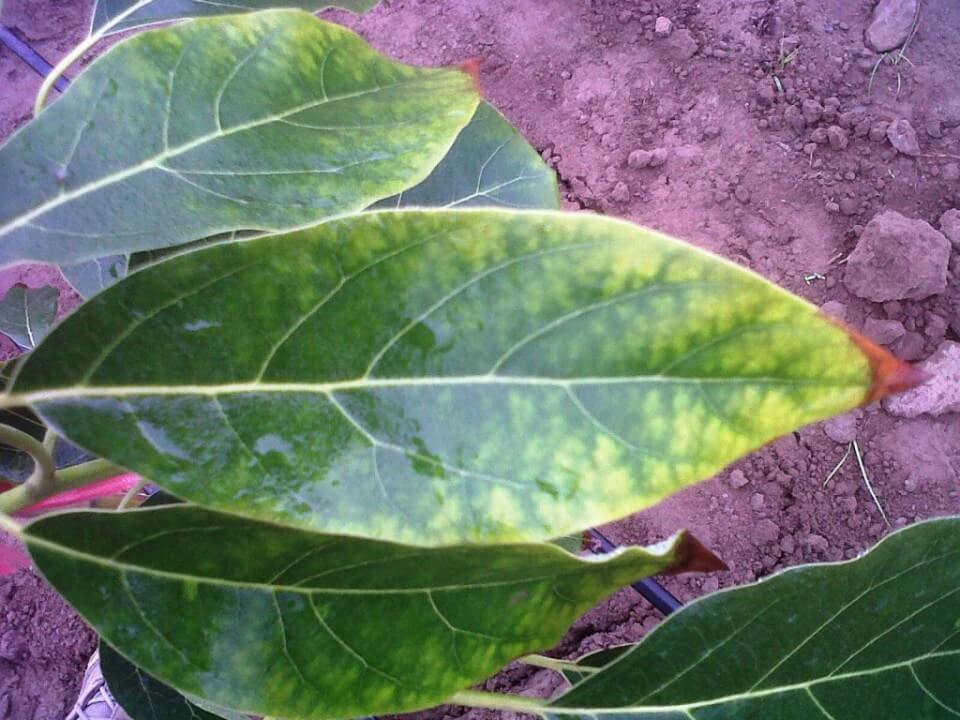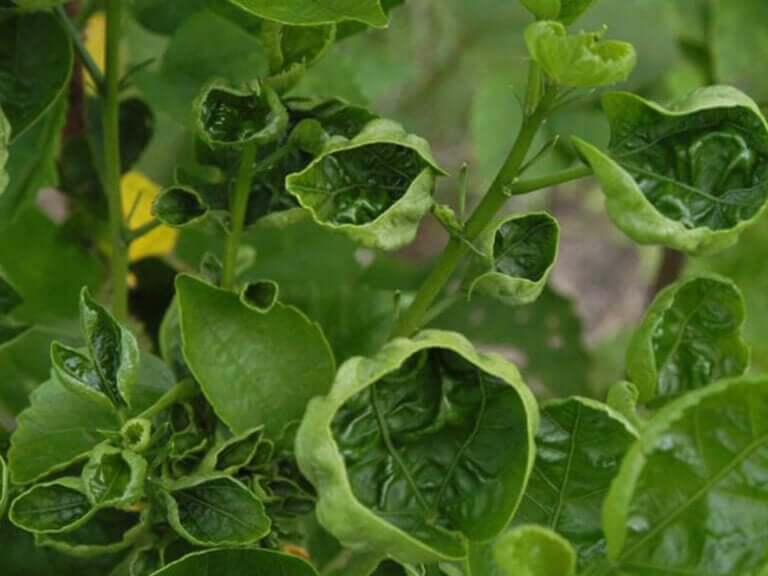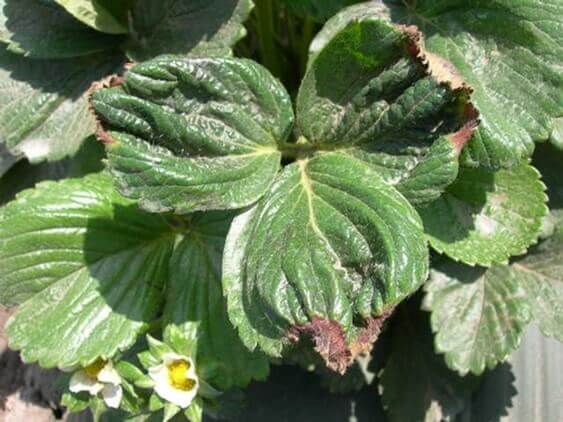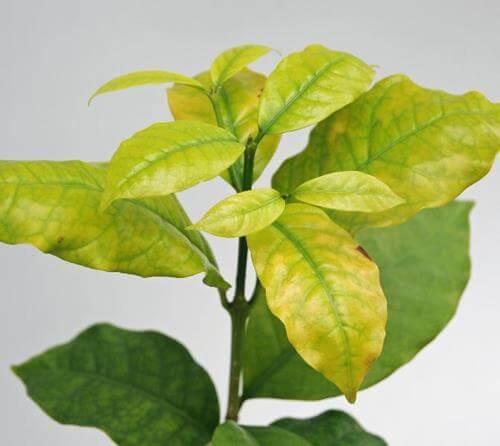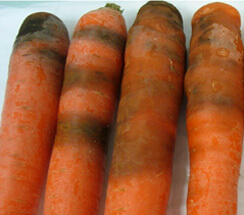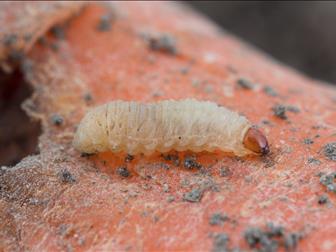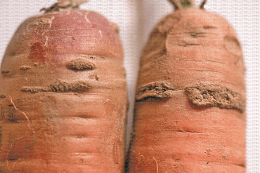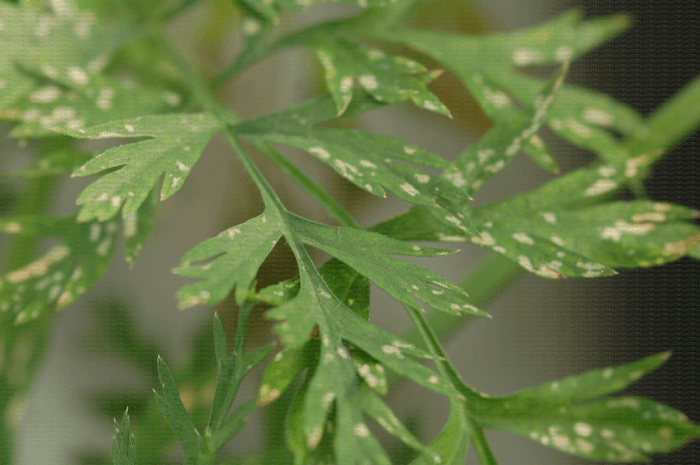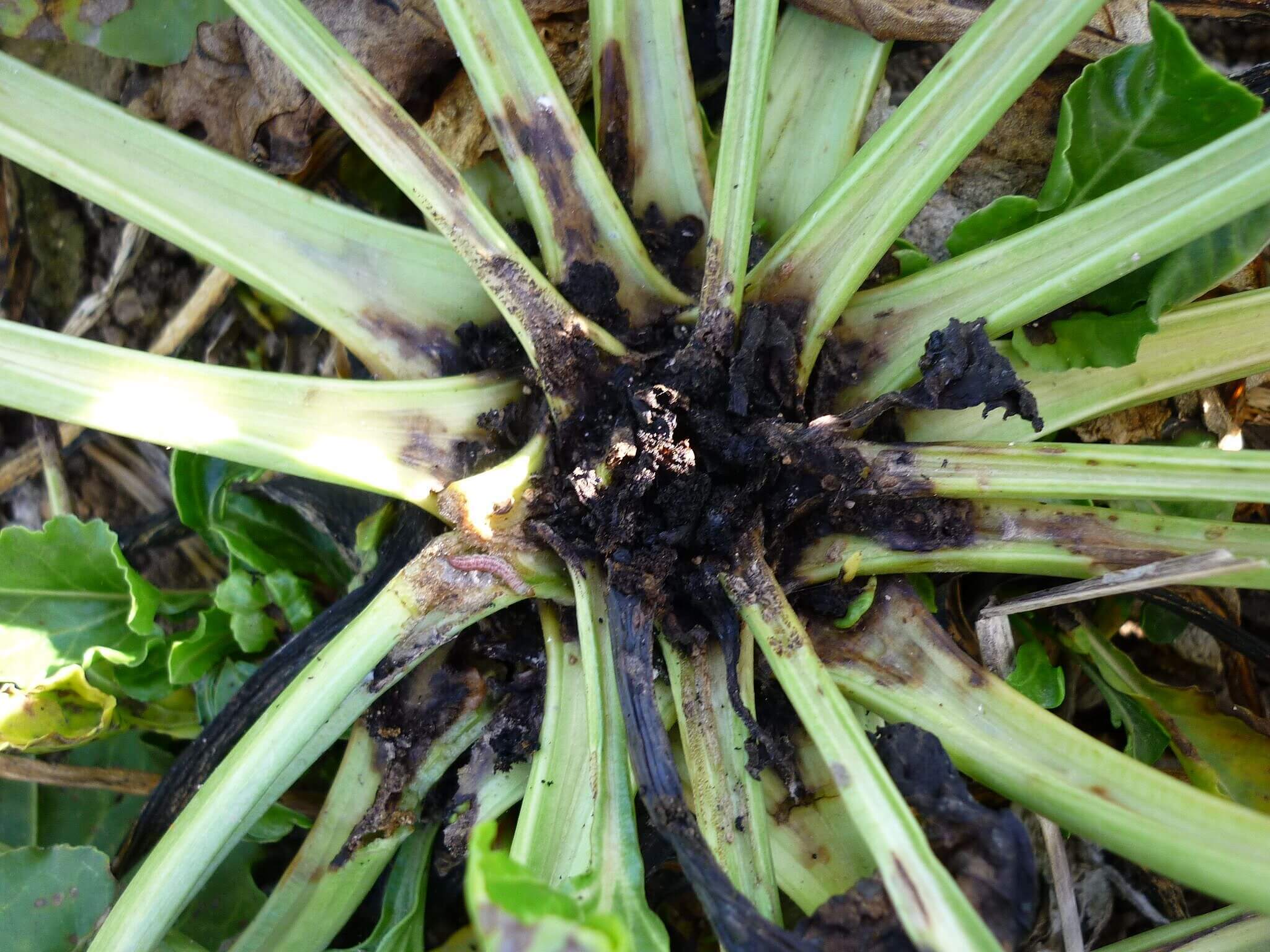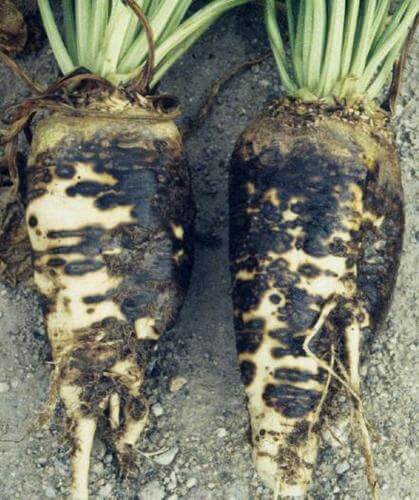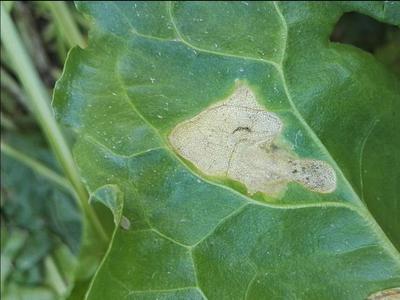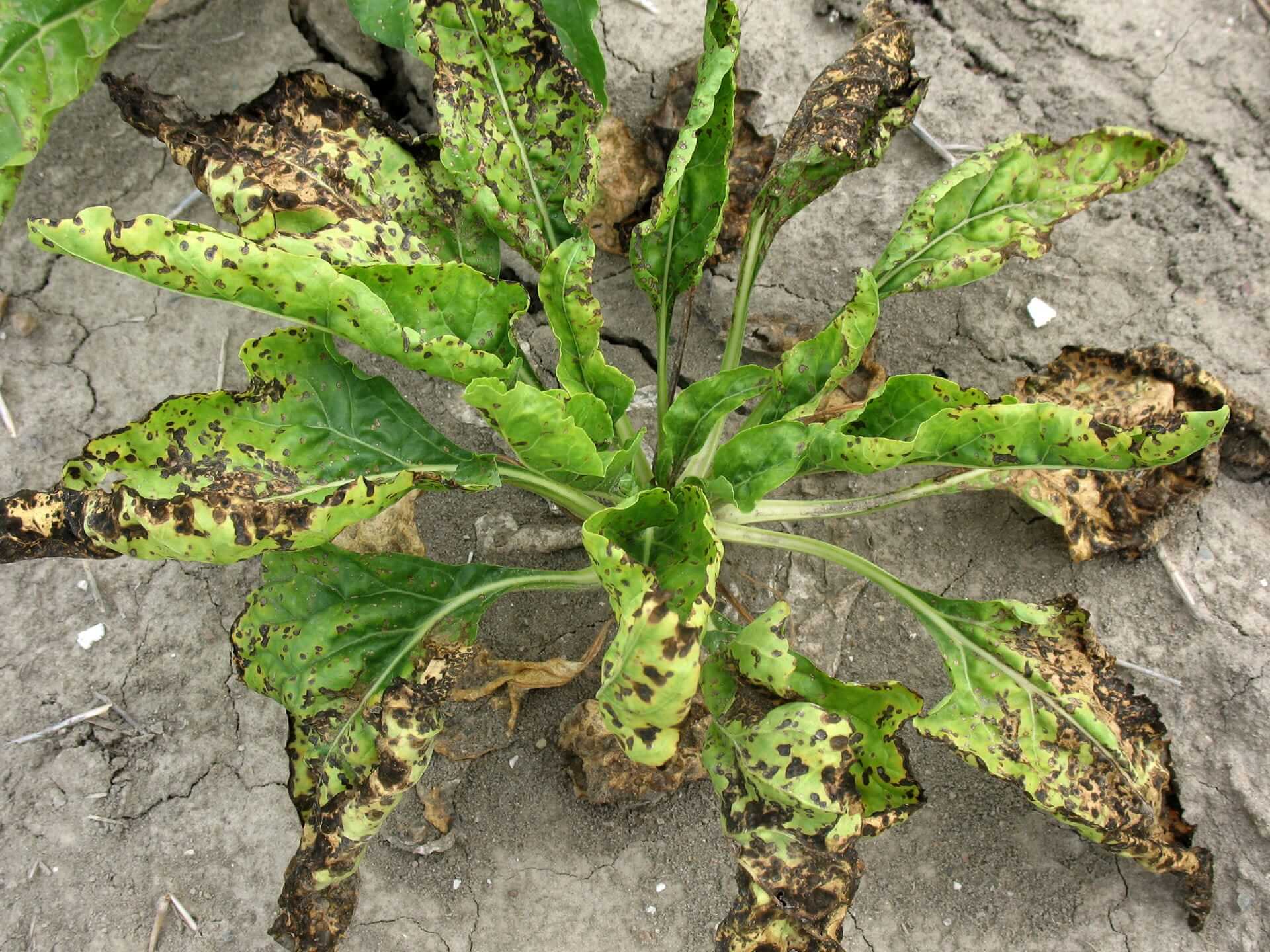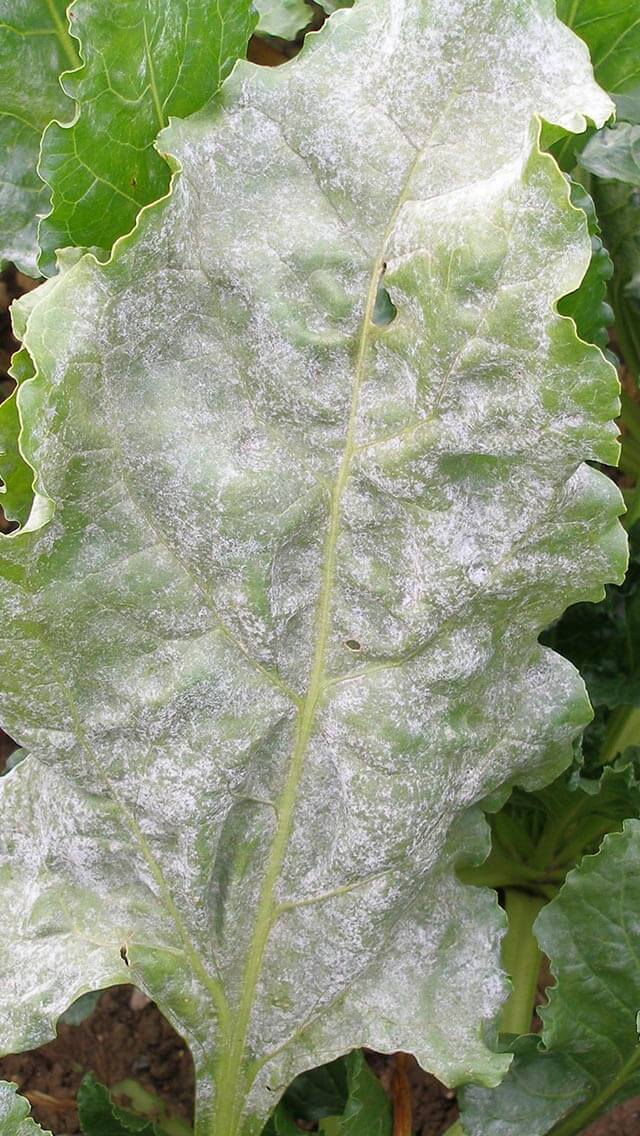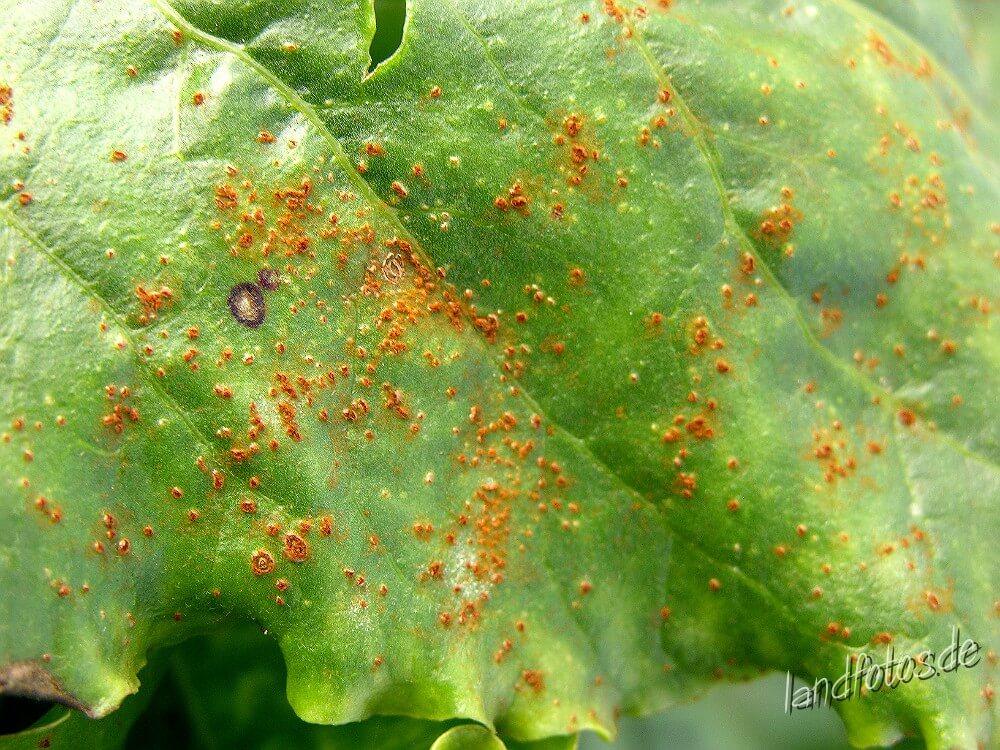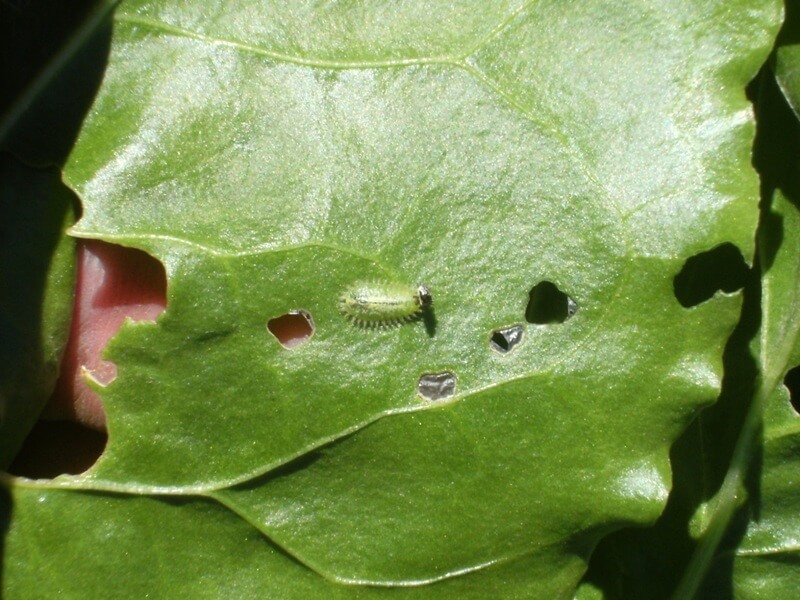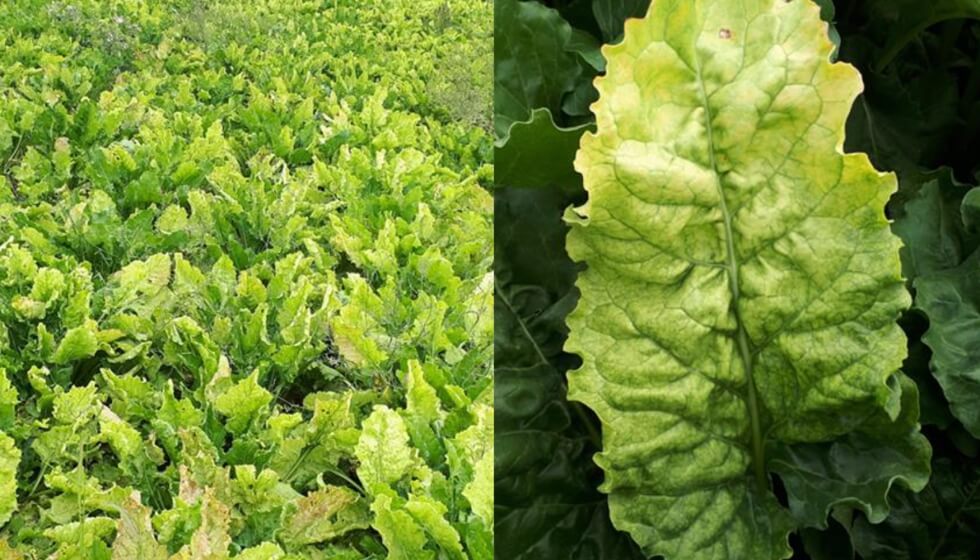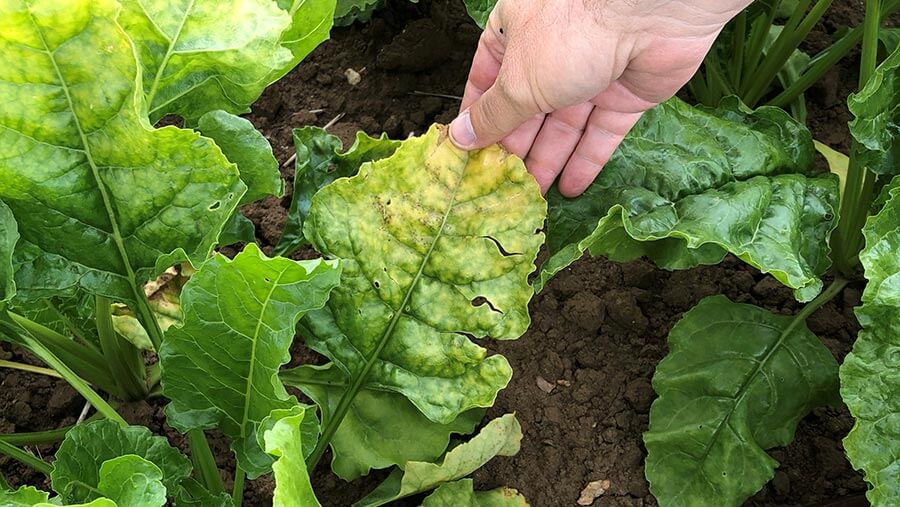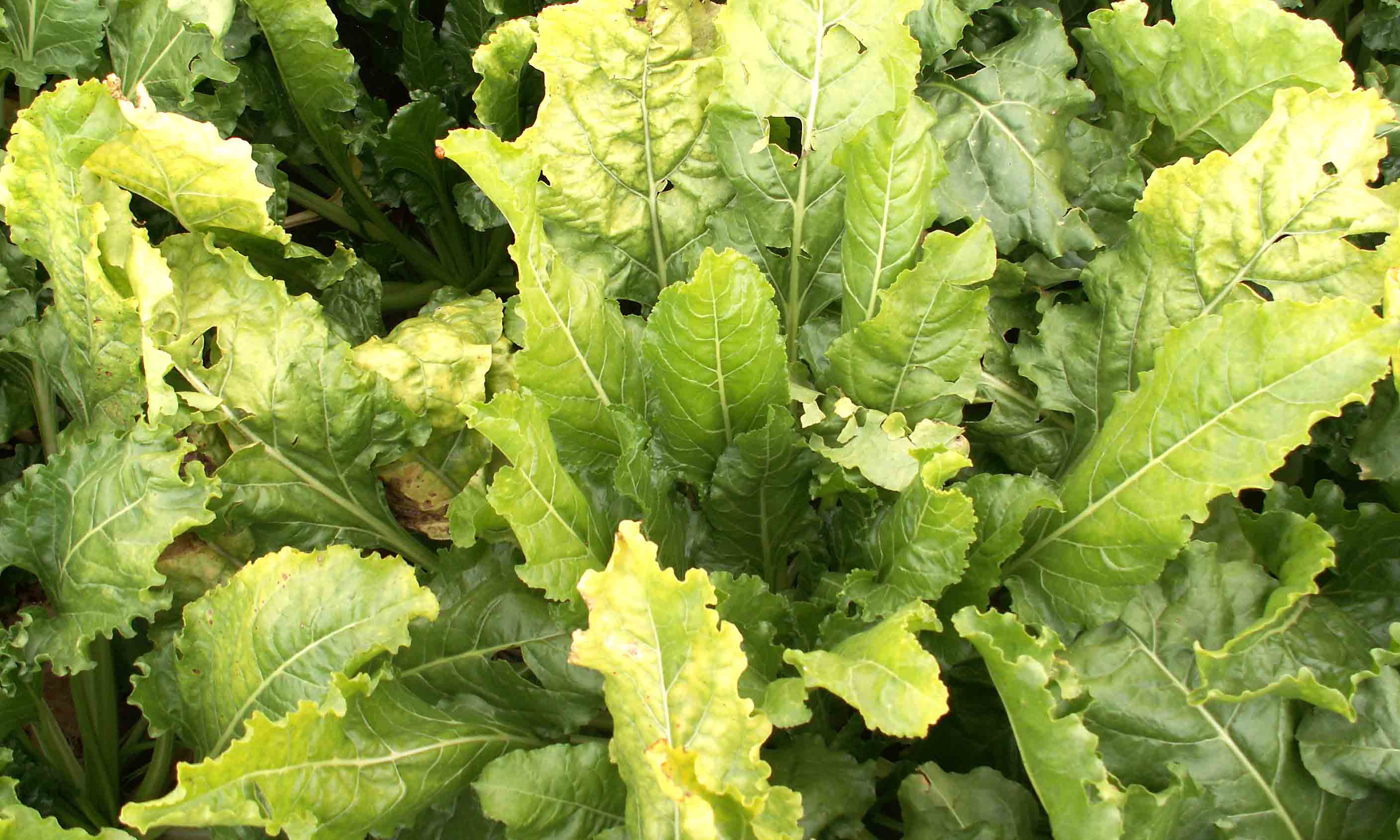
Platanera
How to recognize and combat moko or maduraviche in banana plantations
Moko or madaviche
Bacterium
Type:
Risk to the plant:
CRITICAL
Ralstonia solanacearum
Pathogen:
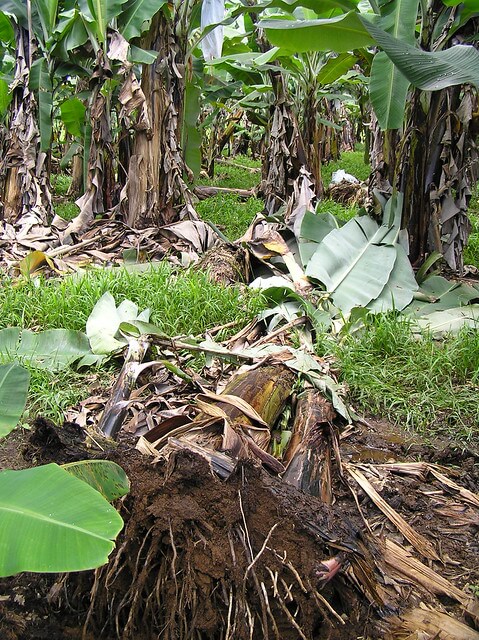
Bacteriosis
WHO CAUSES IT?
Ralstonia solanacearum is a phytopathogenic bacterium of great agricultural importance due to its ability to cause bacterial wilt in a wide range of crops. It is a soil organism that persists in plant remains, rhizosphere and contaminated water sources. Its penetration into the plant occurs mainly through wounds in roots or through natural openings, such as stomata and lenticels. Once in the vascular system, it colonizes the xylem and multiplies, clogging the vessels and triggering wilting symptoms. It produces exopolysaccharides that contribute to the occlusion of vascular tissues, preventing the flow of water and nutrients. Its dispersion within the host occurs by the upward movement of the sap, allowing it to reach stems and leaves. Furthermore, this bacterium presents great genetic variability, with multiple races and biovars adapted to different environmental conditions and hosts. Its persistence in the soil can extend for several years in the absence of cultivation, thanks to its ability to survive in weed roots and in biofilms within water sources.
SYMPTOMS
In banana trees, Ralstonia solanacearum causes the disease known as moko or matureviche, one of the most devastating for this crop. The infection begins in the roots and spreads rapidly through the vascular system, affecting the flow of water and nutrients. Diseased plants show progressive wilting that begins in the lower leaves and extends to the upper part, accompanied by necrosis in the petioles and bacterial exudates in the conducting vessels. As the disease progresses, internal and external changes are observed in the plant, which seriously compromises the production and quality of the fruit.
- Irreversible wilting of the leaves, which begins at the margins and advances towards the center.
- Yellowing of the lower leaves, followed by their collapse.
- Necrotic lesions on the petioles and pseudostem.
- Bacterial exudates in the cuts of the affected tissues.
- Easy detachment of leaves due to internal destruction of tissues.
- In fruits, appearance of dark spots and pulp with a watery appearance.
- Foul smell in the affected area when making cuts on the plant.



DEVELOPMENT CONDITIONS
Temperature:
25°C - 35°C
Humidity:
80% - 100%
HOW IS IT SPREAD?
Contaminated irrigation water, infected soil, agricultural tools, insect vectors, infected planting material, diseased plant residues, contact with roots of affected plants
HOW TO ELIMINATE IT?
Home treatments
There are no home treatments
Natural allies
Chemical treatments
There are no treatments for this disease. Treatments are directed at the insect vectors that transmit it. See insect treatments.
RECOMMENDED PRODUCTS TO ELIMINATE THE PEST
Sponsored link
Sponsored link
Sponsored link
Sponsored link
Sponsored link
Sponsored link
Sponsored link
Effective against all types of fungi
Sponsored link
Sponsored link
Sponsored link
Sponsored link
Sponsored link
REPELLENT PLANTS
-
RECOMMENDATIONS





















